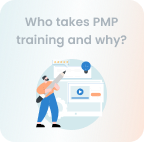







 10 Sep 2024
10 Sep 2024
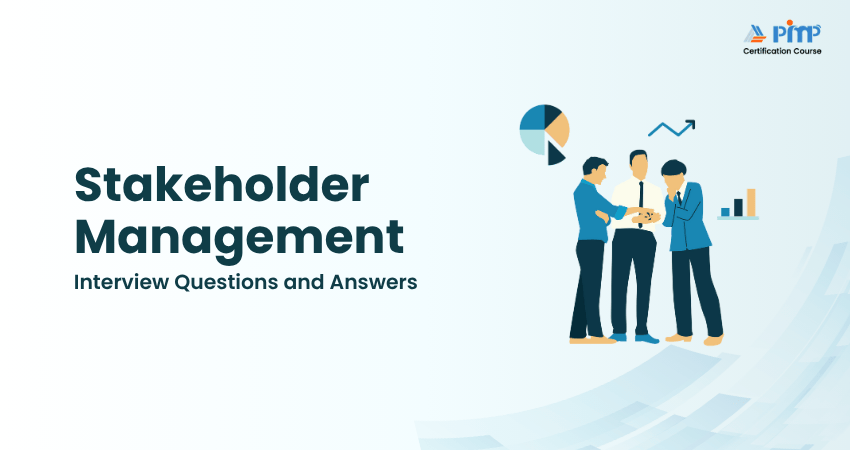


When it comes to a project, simply completing it is never enough. It's about building meaningful connections with the people who matter most to a project’s success. Stakeholder Management helps you with that by aligning diverse perspectives with the project goals. So, if you have the skills for maintaining such connections, it's time you prepare for a Stakeholder Management interview.
In the interview, you'll have to spotlight your mettle for balancing priorities, handling conflicts and building lasting relationships. Look no further than this blog for guidance. These Stakeholder Management Interview Questions and answers will help you stand out among fellow candidates. So read on and kickstart your career as a stakeholder expert!
Table of Contents
1) Stakeholder Management Interview Questions with Answers
a) Can you describe yourself in a few words?
b) What is your understanding of a Stakeholder?
c) How do you identify key stakeholders for a project?
d) Can you describe the various types of Stakeholders?
e) Can you highlight a few of your weaknesses?
f) Can you tell me what you consider to be your most significant strengths?
g) What's your dream job?
h) How do you balance the differing needs of various Stakeholders?
i) How do you handle workplace pressure?
j) What is your approach to inspire your project team?
2) Conclusion
This section dives into key Stakeholder Management Interview Questions and their ideal answers. Brushing up on these will reveal your ability to lead, communicate and collaborate with impact. Let’s dig in:
I’d describe myself as adaptable, collaborative and results-driven. I enjoy working with diverse teams, building lasting relationships and finding practical solutions. I’m passionate about clear communication and I absolutely thrive in environments where stakeholder alignment play a key role in achieving success.
A stakeholder is anyone affected by, or able to influence, a project’s outcomes. They include clients, sponsors, team members, end-users, or regulators. Each has unique needs and expectations, making it essential to identify, engage, and manage them effectively for the success of any initiative.
I start by analyzing the project scope, objectives, and potential impacts. Then I map individuals or groups who influence or are affected by outcomes. Prioritizing them using power-interest grids helps me focus on engaging the right people at the right level throughout the project.
Stakeholders can be internal, like team members or executives, and external, like clients, suppliers, or regulators. They may be primary, directly impacted, or secondary, indirectly affected. Understanding their type and influence helps decide how best to communicate and manage expectations for project alignment and success.
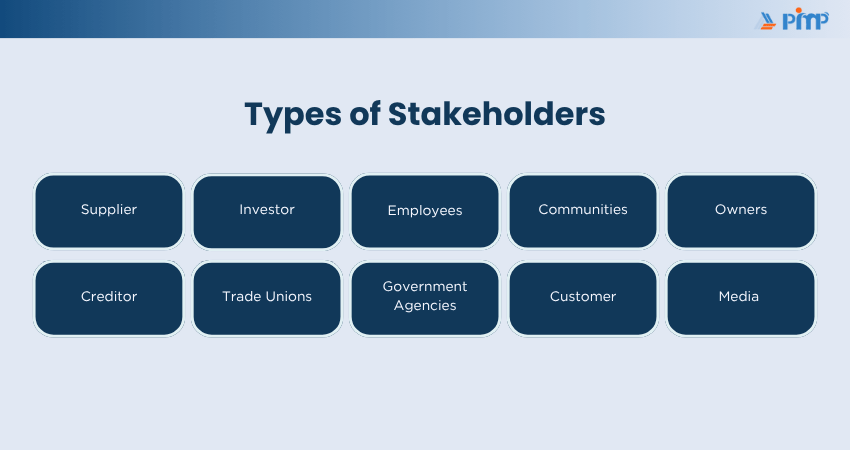
I sometimes take on too much responsibility, aiming to deliver beyond expectations. I’ve learned to delegate effectively and set clearer boundaries. Another area is perfectionism, which I manage by focusing on meeting deadlines without compromising quality, balancing thoroughness with efficiency to keep projects moving forward.
I’d say strong communication and adaptability. I can connect with people across different levels and relay complex ideas clearly. I can stay calm under pressure. These strengths allow me to bring diverse stakeholders together and ensure proper alignment towards achieving common project goals.
Master enterprise-level transformation with our Program Management Professional (PgMP)® Certification - Sign up now!
My dream job is anything where I can combine strategic thinking with stakeholder engagement. I’d love to manage projects that create memorable value for organizations and communities. I’d prefer to work in a collaborative environment that inspires growth, innovation and continuous learning for myself and others.
I listen to understand everyone’s priorities, then use transparent communication to highlight overlaps and trade-offs. By aligning their expectations with project goals, I negotiate compromises where needed. This ensures that while not every demand is met, the project delivers balanced outcomes and maintains positive relationships.
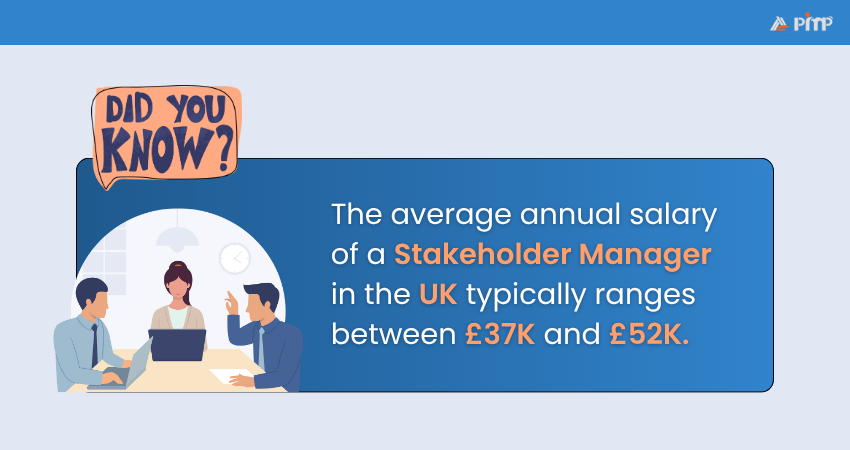
I handle pressure by staying organized, prioritizing tasks and breaking challenges into smaller actions. I remain calm and focused, communicate openly with the team, and adapt plans where necessary. Stress becomes more manageable when I concentrate on solutions rather than problems, keeping stakeholders reassured throughout.
I inspire by leading through example, recognizing individual contributions, and fostering open communication. I set clear goals, celebrate progress, and encourage learning from setbacks. By developing an environment of trust and collaboration, the team feels motivated to perform their best and align with project success.
I adapt based on their needs. Executives often prefer concise updates with key impacts, while teams value detail and context. For technical stakeholders, I use clear data, and for non-technical ones, relatable examples. Adjusting tone and medium ensures understanding and engagement across diverse groups effectively.
My leadership style is collaborative and supportive. I believe in empowering people by giving them autonomy, encouraging open communication, and providing guidance when needed. I balance being approachable with maintaining accountability, ensuring the team feels motivated, valued, and aligned toward achieving both project and organisational goals.
Looking to take your project leadership skills global? Register for our Project Management Institute (PMI)® Certification now!
I created a culture of collaboration and trust. Colleagues often approached me to resolve conflicts or clarify project directions. By encouraging open dialogue and providing consistent support, I helped reduce misunderstandings. This helped me keep teams motivated while contributing to smoother project delivery and stronger professional relationships across departments.
I first dig out the root cause by reviewing timelines, resources and stakeholder input. Then I realign the priorities, update the plan and communicate transparently with stakeholders. By involving the team in corrective actions, I can ensure accountability and a practical path back toward the project objectives.
I begin by listening carefully to understand their perspective. Then I use data, timelines, and constraints to explain limitations clearly. I propose feasible alternatives and demonstrate how these align with project goals. This approach maintains trust while ensuring expectations are reset to realistic, achievable levels.
Yes, I’ve held roles in project coordination and stakeholder engagement. The one I enjoyed most was managing a cross-functional project where I built strong relationships and saw my communication efforts directly improve collaboration. It gave me confidence in my ability to drive alignment and success.
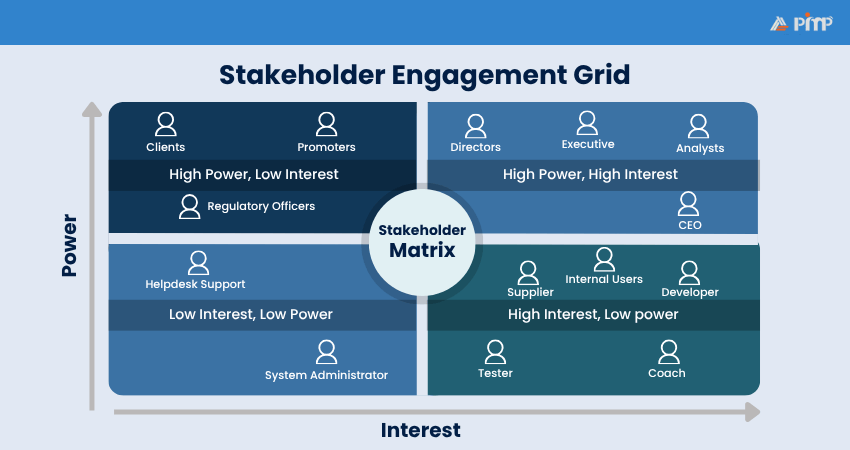
The most common challenges include:
1) Evolving stakeholder demands
2) Tight budgets
3) Technological adaptation
I’d resolve them by engaging stakeholders early on in the process. I’ll sett realistic expectations and ensure transparent communication. Adopting scalable solutions can help balance cost efficiency with innovation. This is a great way to maintain both competitiveness and stakeholder satisfaction effectively.
Taking control of project timelines don’t have to be an uphill battle. Our PMI Scheduling Professional (PMI-SP)® Certification shows how- Register now!
On a previous project, stakeholders highlighted unclear reporting. I redesigned reports with simple visuals and concise summaries. This improved clarity, boosted decision-making speed and reduced repeated queries. Their feedback improved communication and strengthened trust. This showed that their input had a direct, positive impact.
I enjoy the process of building trust, aligning a variety of perspectives and seeing projects succeed because of strong collaboration. The real challenge is managing conflicting interests. But I see it as an opportunity to negotiate and engage in some exciting problem-solving. It’s demanding but ultimately rewarding when stakeholders feel genuinely heard and respected.
I begin by mapping stakeholders, assessing their influence and interests, and initiating open conversations to gather expectations. I set the tone for transparency and collaboration, ensuring stakeholders feel valued from the start, which builds trust and lays the foundation for smoother engagement throughout the project.
I maintain regular communication through updates, feedback sessions and progress reviews. I also adapt communication methods to suit different groups. By involving stakeholders in key milestones and decision points, they stay informed and invested, which reduces surprises and keeps alignment consistent across the project.
I’ve used Project Management tools like Trello and MS Project for structure, collaborative platforms like Slack for communication, and training resources to build skills. I also focus on mentoring and feedback sessions, which help individuals grow while aligning their development with overall team objectives.
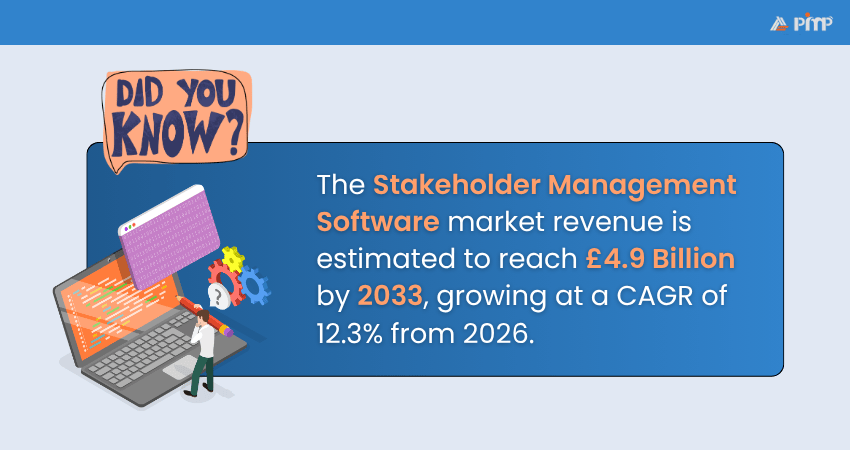
During a project, some stakeholders disagreed on the budget priorities. So I facilitated a workshop where each side outlined the needs and constraints. By highlighting the shared goals and offering phased solutions, I helped them agree on a balanced approach. This negotiation ensured fairness, avoided delays and strengthened relationships all at once.
My focus is on transparency, active listening and consistent follow-up. I invest time in understanding their evolving needs and keep communication open, even outside specific projects. By demonstrating reliability and delivering on promises, I build trust that sustains long-term, mutually beneficial stakeholder relationships effectively over time.
I link engagement strategies directly to project objectives. For example, high-influence stakeholders receive detailed involvement while others get regular updates. By reviewing engagement plans alongside the project milestones, I ensure that the efforts are purposeful, expectations are managed and strategies consistently support the achievement of project outcomes.
Once, a stakeholder wanted features outside the project scope that risked our timelines. I explained the impact using data and suggested a phased delivery strategy. They agreed to prioritize the essentials first, with enhancements later. This balanced their needs with the project objectives, thus maintaining trust while safeguarding deliverables and overall project success.
A client insisted on weekly detailed reports, which put an unexpected burden on my team. I presented a streamlined bi-weekly format with clear visuals, showing that it saved time without losing value. They agreed and appreciated the efficiency. This improved collaboration, reduced the workload and demonstrated how practical adjustments can benefit both sides.
Preparing for a Stakeholder Management interview is about exuding confidence and adaptability. By exploring the Stakeholder Management Interview Questions and answers outlined in this blog, you can sharpen your negotiation and relationship-building skills. With the right preparation and practice, you’ll be ready to impress your interviewers and grow into Stakeholder Management’s go-to expert.
Boost your confidence as a Project Management professional with our Certified Associate in Project Management (CAPM) ® Training - Join now!






© Copyright 2025. All rights reserved. Contact: PMP® TRAINING ACADEMY.


